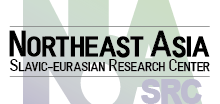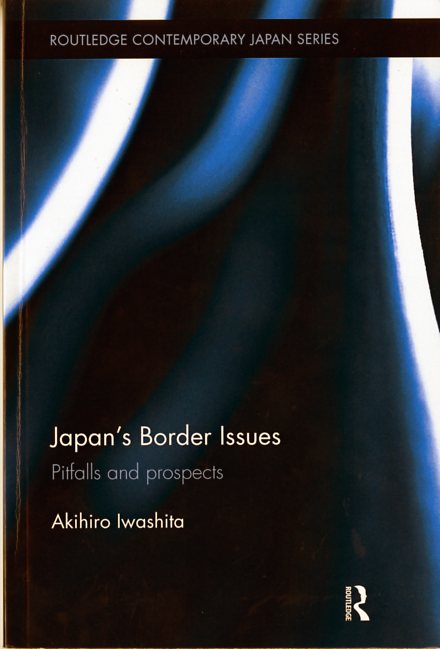 In 2008 Akihiro Iwashita’s academic life ‘entirely changed’ (xii) when he became director of the ‘Reshaping Japan’s Border Studies’, a Global Center of Excellence programme hosted at the Slavic-Eurasian Research Center, Hokkaido University from 2009 to 2014. His goal was to build a community of border studies’ scholars with a focus on East Asia and Eurasia (ibid.). In this book, he reveals some of the sharp insights and big thinking that make him one of Japan’s leading experts on border studies. An excellent translation by Edward Boyle ensures that Iwashita’s forthright style comes through in what is a succinct and thought-provoking read.
In 2008 Akihiro Iwashita’s academic life ‘entirely changed’ (xii) when he became director of the ‘Reshaping Japan’s Border Studies’, a Global Center of Excellence programme hosted at the Slavic-Eurasian Research Center, Hokkaido University from 2009 to 2014. His goal was to build a community of border studies’ scholars with a focus on East Asia and Eurasia (ibid.). In this book, he reveals some of the sharp insights and big thinking that make him one of Japan’s leading experts on border studies. An excellent translation by Edward Boyle ensures that Iwashita’s forthright style comes through in what is a succinct and thought-provoking read.
In just over 130 pages, the author explains not only Japan’s three main border issues, but also puts forward a plan for how they can be resolved. From this description, some readers might suspect a publication that slides into journalese. Such a reaction, however, would be a mistake. Throughout the book, Iwashita makes clear his belief that academics should produce research that has practical applications – in this case, the potential for ameliorating Japan’s border disputes with Russia, South Korea and China. Opinion will be divided as to whether or not his proposals are convincing – but then Iwashita would probably welcome such discussion if his recurring experiences (mentioned at several places in the book) of argument at conferences, on television programs and in print are anything to go by.
The book’s first two chapters set out the author’s approach to the study of Japan’s borders. Nationalist blowhards dominate much of what passes for ‘analysis’ in politics, the media and the academy. Therefore, Iwashita’s point that borders are constructed political problems with ‘new meanings constantly being added’, while seemingly obvious to readers versed in border studies’ theory, is key to the book’s argument (p.32). For example, Iwashita dismantles the discourse about Japan as a ‘maritime great power’ to explain that politicians and the media base such wording on little more than ‘“Borders” the Japanese government wants’ (p.24). Rather than content himself with deconstructing Japan’s border issues, however, he draws on his expertise as a researcher of the Russo-China border. In 2004 the two states announced that what had appeared to be an intractable dispute had been resolved. Since then, tensions along the longest border in the world have largely remained under control. Iwashita has built his reputation in Japan by applying insights from his earlier research to try to resolve the Southern Kurils/Northern Territories dispute between Japan and Russia that has existed since the end of the mid-1950s.
Some readers might pause after the last sentence – didn’t Japan’s dispute with Russia begin after the Second World War? As Iwashita explains in his third and fourth chapters, the Japanese government only really began to pay attention to the islands and islets off the northeast coast of Hokkaido during the process of negotiating a peace treaty with the USSR. Once it did, it turned the city of Nemuro into the ‘birthplace’ of the ‘movement for the return of the four islands’. Iwashita reserves some of his sharpest criticism for central government politicians and media figures who ignore the views of local Nemuro people who have long argued for a flexible approach to the border dispute that allows them to make a living as efficiently as possible. The Japanese government’s sudden interest in the border and its subsequent manipulation of ‘the voice of local people’ clearly show the constructed nature of the dispute over the Northern Territories.
The fifth and sixth chapters move the analysis to border disputes with South Korea over Dokdo/Takeshima, and China and Taiwan regarding Senkakus/Diaoyu. Compared to the Northern Territories, these disputes have been ‘politically activated’ for a much shorter time. According to the author, most Japanese people never knew a border dispute existed with South Korea for Dokdo/Takeshima. The same applies to the situation regarding Senkakus/Diaoyu. Nevertheless, the way politicians and the media have chosen to assert possession of these islands has been to ‘historicise’ their nation’s claim. For Iwashita, such historical narratives are futile because they prevent each side from reaching a compromise. Instead, the interested parties walk into a ‘territorial trap’ from which escape is almost impossible. Territorial control becomes a zero-sum situation where a state ‘wins’ only if another state ‘loses’ (Diener and Hagen, p.62). What is necessary, Iwashita stresses, is for each side to separate these border disputes from larger arguments. For example, an agreement about Dokdo/Takeshima could benefit the fishing industry in South Korea and Japan. Such an agreement would then help the people who lose most from border disputes – local communities living in the borderlands.
This book will be of interest to academics, journalists and policymakers. From a historian’s perspective, Iwashita’s argument about the importance of decoupling border disputes from ‘history’ is a provocative one. It should challenge historians to explain how their work goes beyond ‘national history’. At the least, historians should be more careful to consider how their research might be misused by politicians and the media who are primarily interested in ransacking work to support one-sided interpretations of border disputes. That Iwashita’s work encourages scholars who maybe haven’t been interested in thinking about how border studies impacts on their research to think again is a good indication of what an accessible and lively book he has succeeded in writing.
(Jonathan Bull)
Reference
Alexander C. Diener and Joshua Hagen, Borders: A Very Short Introduction (Oxford University Press: Oxford, 2012)
Japan’s Border Issues: Pitfalls and Prospects by Akihiro Iwashita
(Routledge: Abingdon, 2016 [paperback edition published 2017]) 141 pages
| Contents | |
| Introduction | p.3 |
| Chapter 1 - Myths and realities of Japan’s borderlands | p.16 |
| Chapter 2 - Territorial issues: variables within the US-Japan security alliance | p.31 |
| Chapter 3 - Negotiations over territory: perspectives on lessons and solutions | p.45 |
| Chapter 4 - The Northern Territories issue: behind the myths | p.60 |
| Chapter 5 - “Takeshima – return our seas and island”: a futile slogan | p.80 |
| Chapter 6 - The Senkakus: seabirds and “life spheres” | p.103 |
| Chapter 7 - Conclusion: crises and turning points | p.121 |

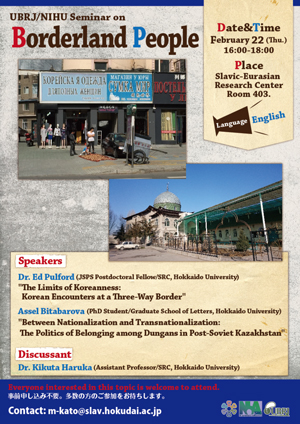
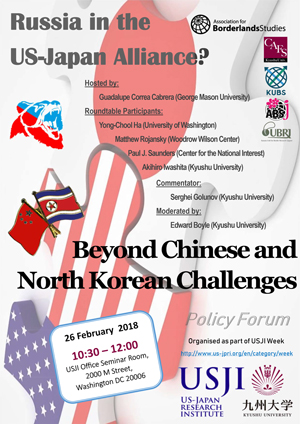
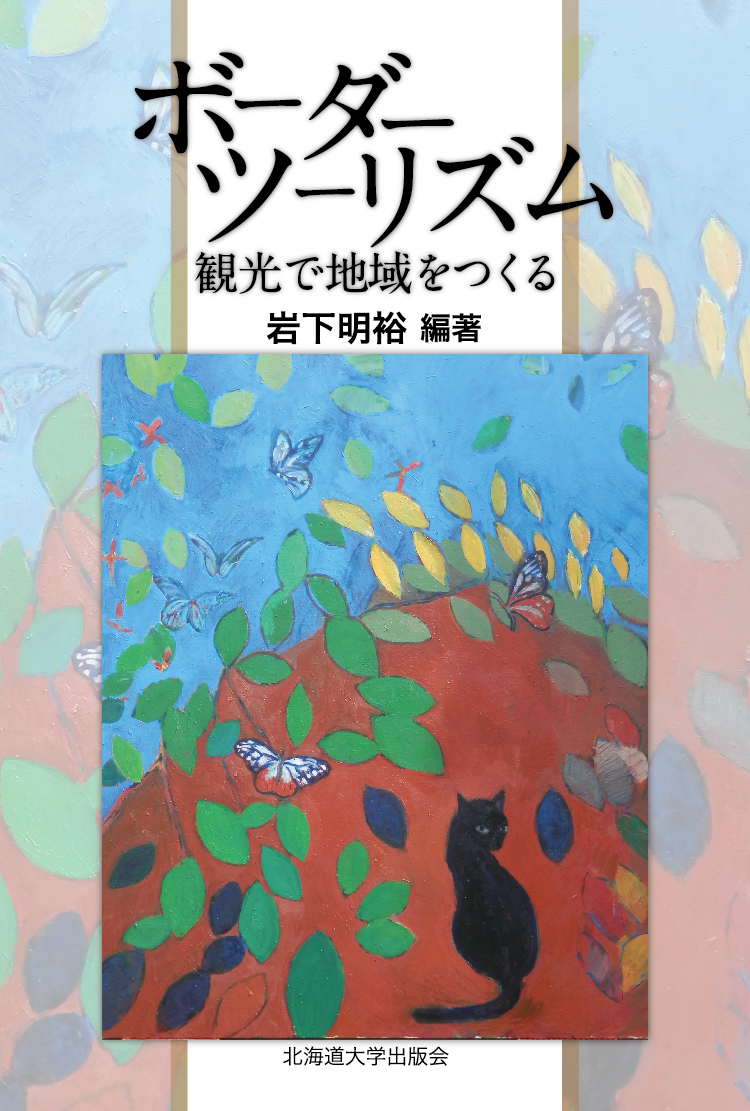

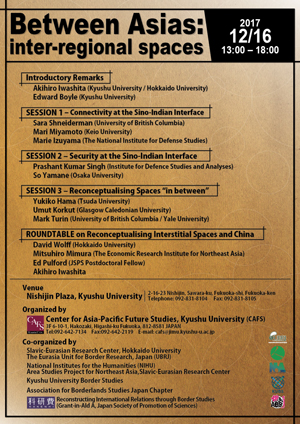
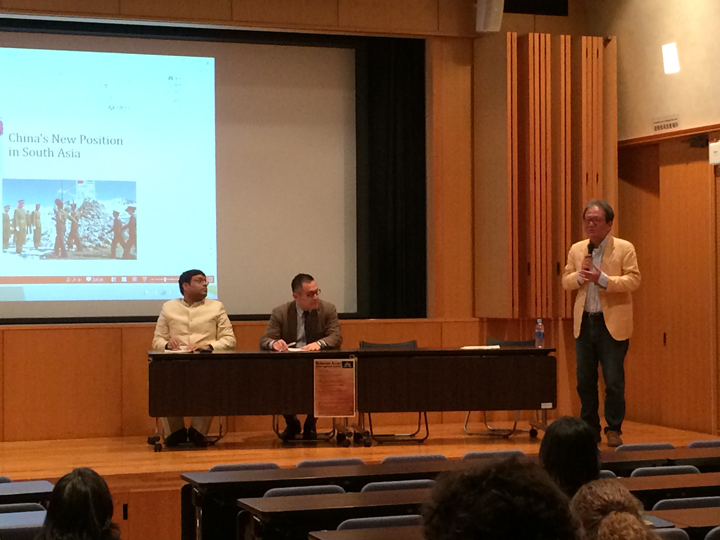
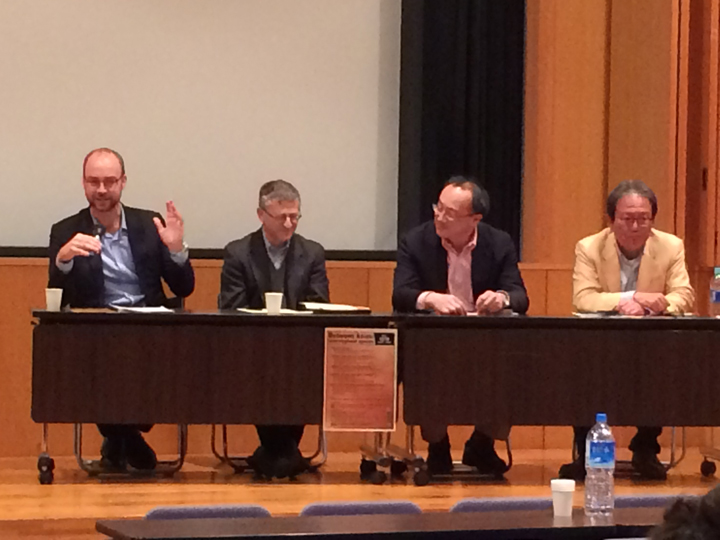


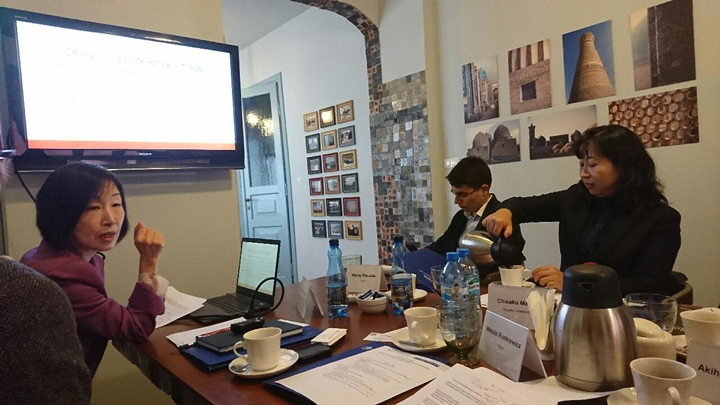
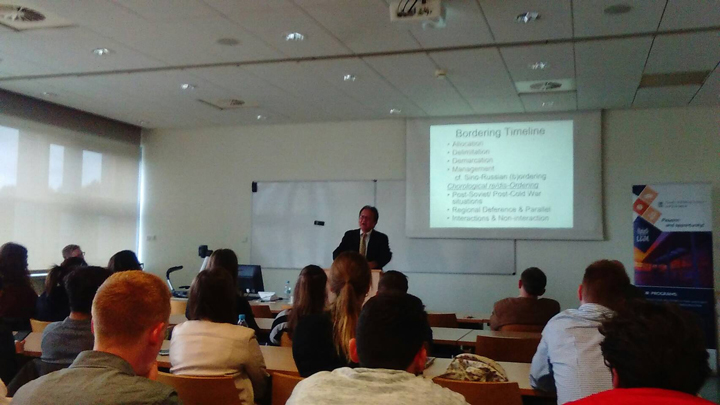
 Eurasia Unit for Border Research (Japan)
Eurasia Unit for Border Research (Japan)




